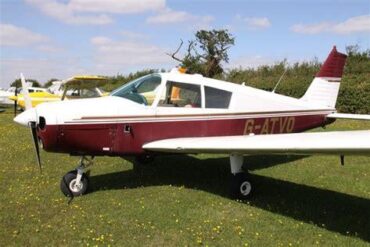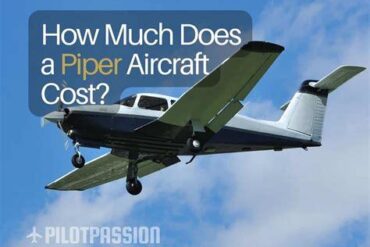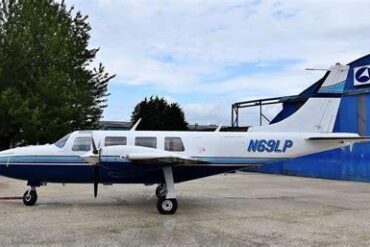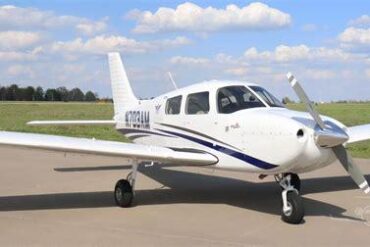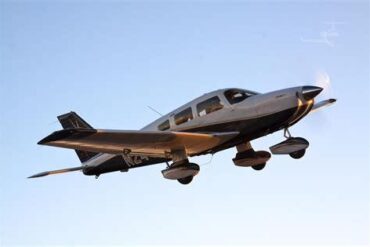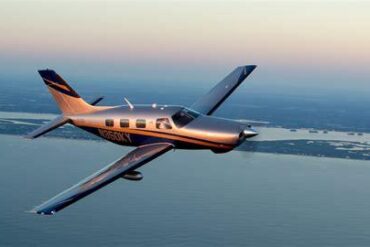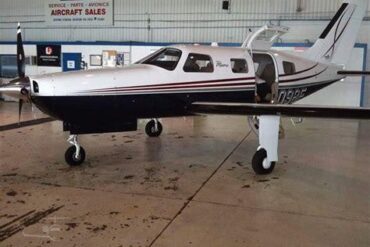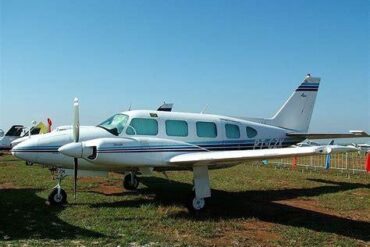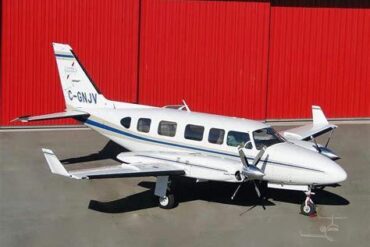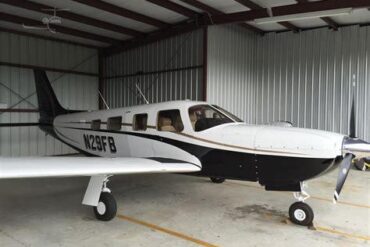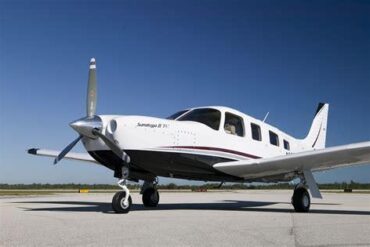The Piper Cherokee Six is a popular choice among private pilots and aviation enthusiasts. Known for its spacious cabin, impressive performance, and reliability, the Cherokee Six stands out in the field of general aviation aircraft. In this article, we will explore the pricing of the Piper Cherokee Six and the various operating costs associated with owning and flying this remarkable aircraft.
1. Overview of the Piper Cherokee Six
The Piper Cherokee Six, also known as the PA-32-300, is a single-engine, low-wing aircraft that has been in production since the 1960s. With a seating capacity of up to six passengers, it is designed for both personal and business use. The aircraft features a powerful 300 horsepower engine, which provides an impressive cruise speed of approximately 150 knots and a range of about 700 nautical miles. This versatility makes the Cherokee Six suitable for various flight missions, from weekend getaways to longer cross-country trips.
1.1 Specifications
Here are some key specifications of the Piper Cherokee Six:
| Specification | Details |
|---|---|
| Wingspan | 36 ft 10 in |
| Length | 28 ft 4 in |
| Height | 8 ft 4 in |
| Max Takeoff Weight | 3,600 lbs |
| Cruise Speed | 150 knots |
| Range | 700 nautical miles |
| Seating Capacity | 6 passengers |
2. Purchase Price of Piper Cherokee Six
The purchase price of a Piper Cherokee Six can vary significantly based on several factors, including age, condition, modifications, and included equipment. On average, the price for a used Cherokee Six typically ranges from $80,000 to $200,000.
2.1 Factors Affecting Price
-
Age and Model: Newer models often have a higher price tag, while older models may be more affordable. The model year can significantly influence resale value.
-
Condition: The overall condition of the aircraft, including its maintenance history, airframe hours, and any recent repairs, will affect pricing. A well-maintained aircraft may command a higher price.
-
Equipment and Modifications: Aircraft equipped with advanced avionics, autopilot systems, or interior upgrades tend to be priced higher. Buyers often look for specific features that enhance usability and comfort.
2.2 Average Market Prices
To give a clearer picture, here are some approximate prices based on different years and conditions:
-
1970s Models: $80,000 – $120,000
-
1980s Models: $100,000 – $150,000
-
1990s Models: $150,000 – $200,000
3. Operating Costs of Piper Cherokee Six
Operating an aircraft involves several costs beyond the initial purchase price. Understanding these costs is crucial for prospective owners and operators of the Piper Cherokee Six. Here, we will break down the various categories of operating costs.
3.1 Fuel Costs
Fuel is one of the most significant operating expenses for any aircraft. The Piper Cherokee Six typically uses 100LL aviation gasoline, which has fluctuating prices depending on the location and market conditions.
Fuel Consumption
The fuel consumption of the Cherokee Six is approximately 12-15 gallons per hour during cruising flight. Given the average fuel price of $5.50 per gallon, the fuel costs can be estimated as follows:
-
Low Consumption (12 GPH): $66/hour
-
High Consumption (15 GPH): $82.50/hour
3.2 Maintenance Costs
Maintenance is essential to ensure the aircraft remains safe and operational. The costs can vary widely depending on the maintenance schedule, usage, and any unexpected repairs.
Scheduled Maintenance
Routine inspections and maintenance services for the Piper Cherokee Six can average around $1,500 to $3,000 annually. This includes:
-
Annual Inspections: Required by the FAA, typically costing $1,000 to $2,000.
-
Engine Overhauls: Every 1,500 to 2,000 hours, which can cost between $20,000 to $40,000 depending on the engine type.
3.3 Insurance Costs
Insurance is another essential aspect of aircraft ownership. The costs can depend on factors such as pilot experience, aircraft value, and coverage type.
-
Liability Insurance: Approximately $800 to $1,500 annually.
-
Hull Insurance: Based on the aircraft’s value, typically ranging from $1,500 to $3,000 annually.
3.4 Hangar and Storage Costs
When not in use, the Piper Cherokee Six requires proper storage. Hangar fees can vary significantly based on location:
-
Monthly Hangar Costs: $200 to $600, depending on the airport and available facilities.
-
Tie-down Fees: An alternative to hangaring, costing about $50 to $150 per month.
3.5 Pilot Costs
If hiring a pilot, there are additional costs to consider. The average hourly rate for a commercial pilot can range from $50 to $100 per hour, depending on experience and qualifications.
3.6 Miscellaneous Operating Costs
Additional operating costs include:
-
Landing Fees: Fees charged by airports for landing rights can vary from $10 to $100 per landing, depending on the airport’s size and location.
-
Navigation Fees: Charges for using air traffic control and navigation services, generally around $5 to $30 per flight.
4. Total Estimated Operating Costs
Calculating the total operating costs for the Piper Cherokee Six requires summing all the components mentioned above. Below is an estimated breakdown of annual operating costs for a typical owner flying 150 hours per year:
| Cost Component | Estimated Annual Cost |
|---|---|
| Fuel Costs | $9,900 – $12,375 |
| Maintenance Costs | $1,500 – $3,000 |
| Insurance Costs | $2,300 – $4,500 |
| Hangar/Storage Fees | $2,400 – $7,200 |
| Pilot Costs | $7,500 – $15,000 |
| Miscellaneous Costs | $1,500 – $2,000 |
| Total Estimated Costs | $25,100 – $44,075 |
5. Conclusion
In conclusion, the Piper Cherokee Six remains a top contender for those seeking a reliable and versatile aircraft. While the purchase price can vary, prospective owners should be aware of the operating costs that will accompany their investment. With a comprehensive understanding of both aspects, owners can better prepare for the financial responsibilities associated with this excellent aircraft. Whether you are a seasoned pilot or a newcomer to aviation, the Cherokee Six offers an unmatched flying experience that combines performance, comfort, and reliability.

